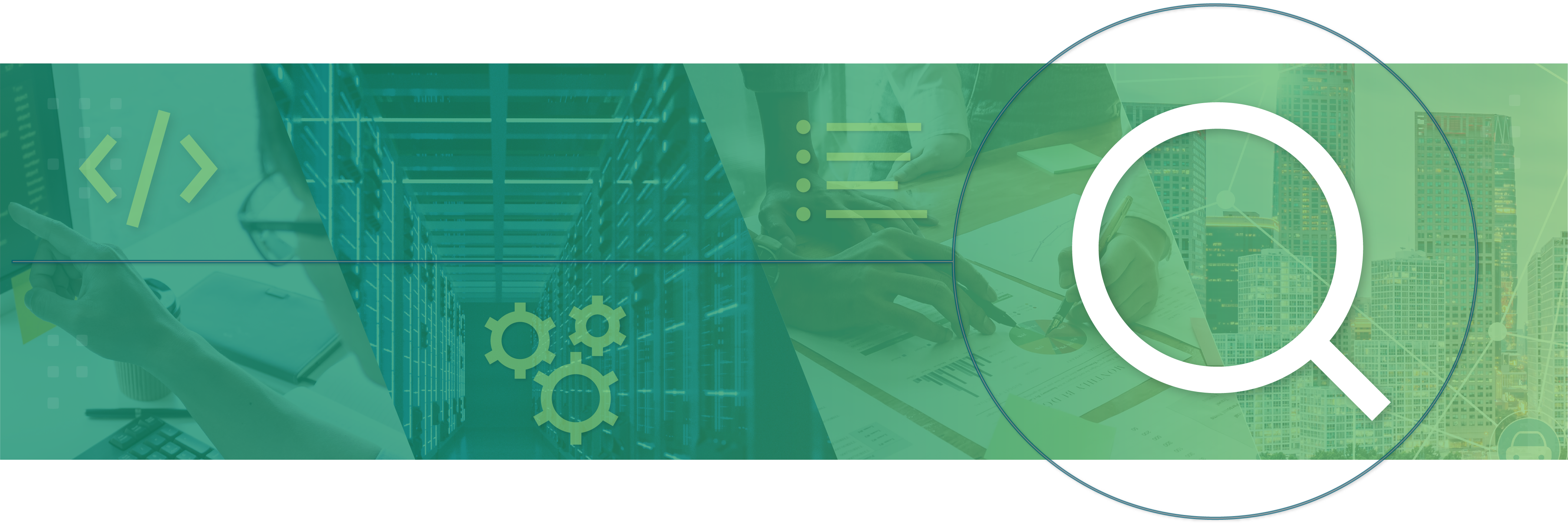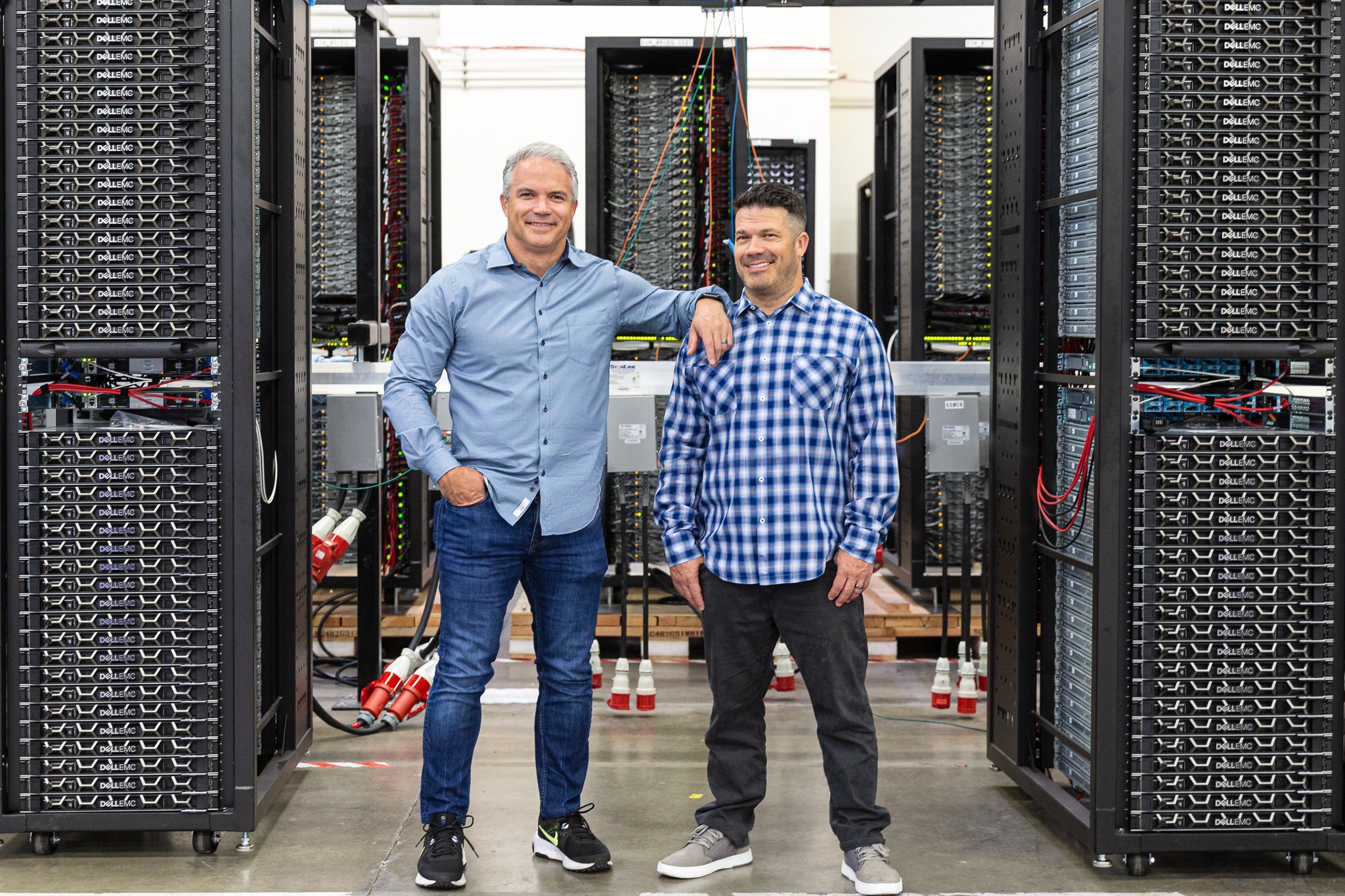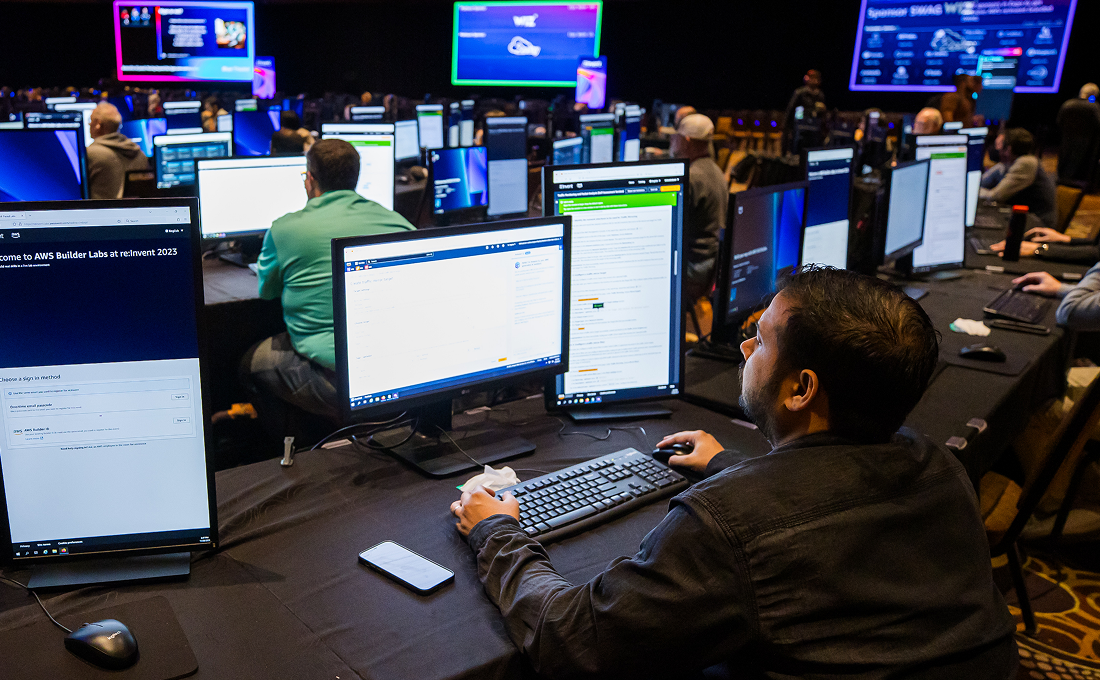As technology continues to evolve at a rapid pace, companies are facing a growing challenge of keeping their applications up-to-date and relevant. This is where app modernization comes into play, providing the necessary updates and enhancements to maintain the viability of these applications.

Let's unpack the two approaches to app modernization: evolution and revitalization, and how Redapt can help organizations navigate these complex processes.

Challenges with App Modernization
The need for app modernization is often driven by a number of problems, including the inability to hire and retain support staff, difficulties in optimizing and innovating due to missing expertise, and licensing and support concerns with outdated operating systems and databases. Other challenges include difficulty partnering due to limited integration ability, the risk and cost associated with outdated deployment processes, and the lack of industry support for components and utilities. Additionally, the inability of vendors to keep up with industry advancements, and the lack of educational support can also contribute to these challenges.
The Process of Revitalization
Revitalization can be a complex and challenging process. It often involves long timelines, the risk of system downtime, organizational change, and staff who know the old technology but not emerging technology. There may also be unknowns, such as integrations with external partners, and the lack of a 1:1 path, such as old Component Objective Model (COM) or third-party packages that don't work on the target platform.

The process of revitalization requires a comprehensive approach that includes identifying all technologies involved, including third-party technologies, staffing and training for core and non-core technologies, creating logical architecture and data flow diagrams, and conducting interviews with product owners, users, and support staff. A feature-level backlog should be developed, and decoupling architecture should be established where possible. Training and knowledge transfer for client staff should be provided, and partner communications regarding integrations should be established. Additionally, a replacement strategy for any outdated technology should also be developed.
Getting started with App Modernization
Redapt offers a range of solutions to help organizations navigate the complex process of app modernization. This includes an asset replacement plan, logical architecture diagrams (architecture, data flow), discovery document, feature-level backlog, decoupling architecture and roadmap, training plan, and an integration plan for partners. With Redapt's expertise and experience, organizations can overcome the challenges of app modernization and take advantage of the latest technology to optimize and innovate their applications.
App modernization is an essential process that ensures the viability and relevance of applications in an ever-changing technological landscape. Whether through evolution or revitalization, organizations must take steps to update their applications and overcome the challenges that come with it. With Redapt's comprehensive approach and expertise, organizations can successfully navigate the process of app modernization and take advantage of the latest technology to optimize and innovate their applications. For assistance and guidance with modernizing your applications, schedule some time with one of our experts.
















